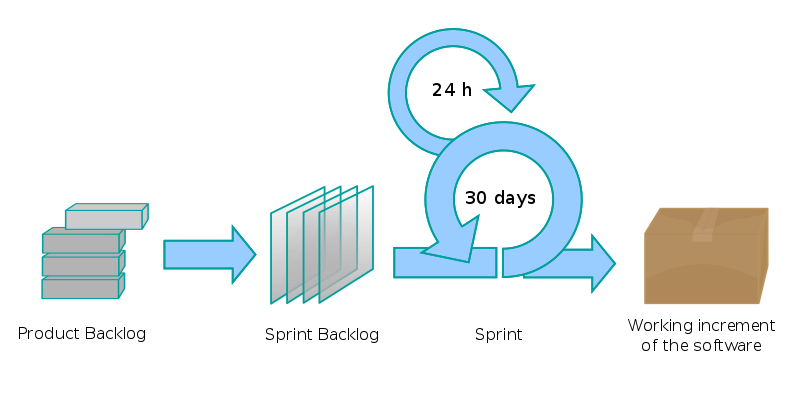I
am still using my Cr-48 daily as my goto kitchen-table-top/counter-top device since Google sent me one
back in December 2010 to test in their beta program. In the recent Pwn2Own and Pwnium3 hacking
competitions Chrome OS appears to be unbreakable. "Linux
triumphant: Chrome OS resists cracking attempts". This is the primary reason why I like my
Chrome OS so much. It is inherently designed as a simple and secure
cloud-based OS that is very difficult to break.
Chromebooks have been getting a lot of press the last few months also due to positive reviews of recent devices released into the market. Linus Torvalds has been posting quite a bit on Google+ about his new Chromebook Pixel these past few weeks. In addition several articles such as "Linus Torvalds really likes Google's Chromebook Pixel" acknowledge his viewpoints. On a related side note, I am quite surprised how well my Cr-48 has stood the test of time and abuse being used around my house.



